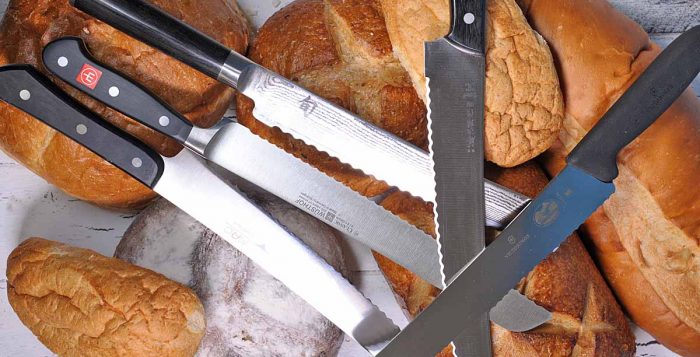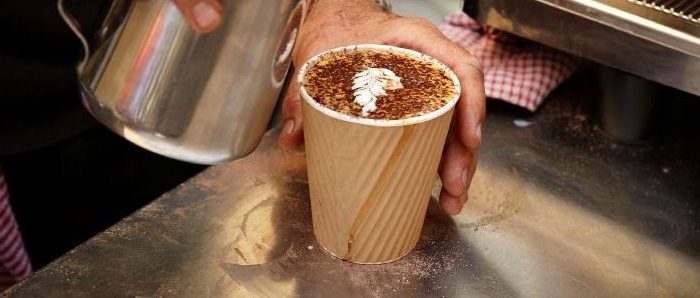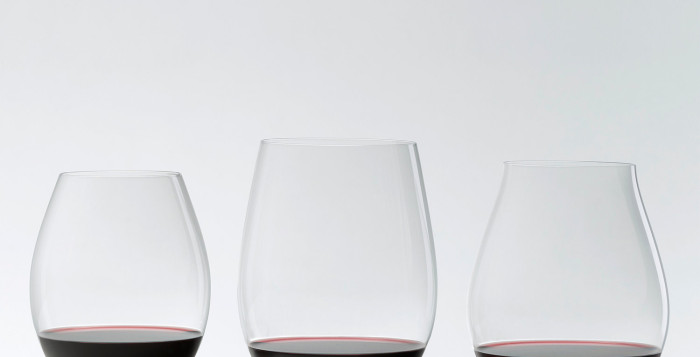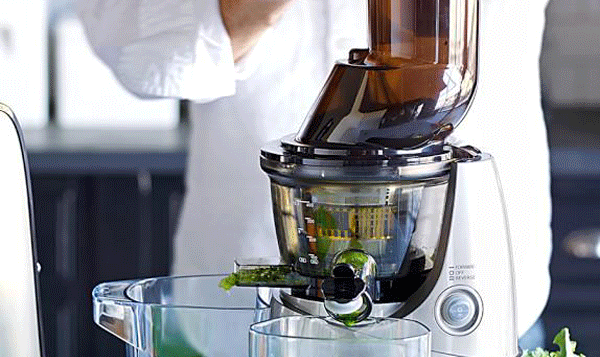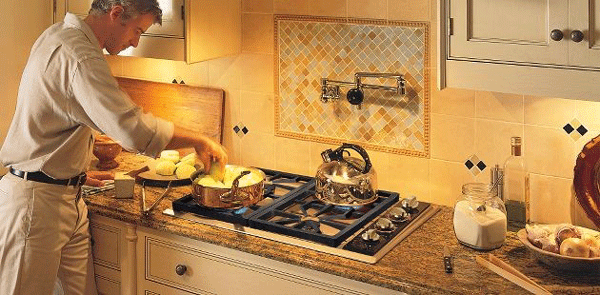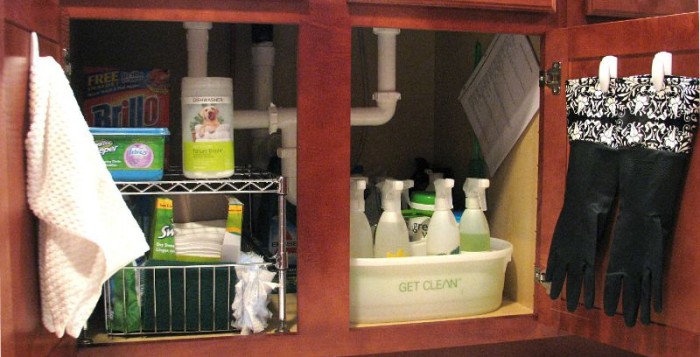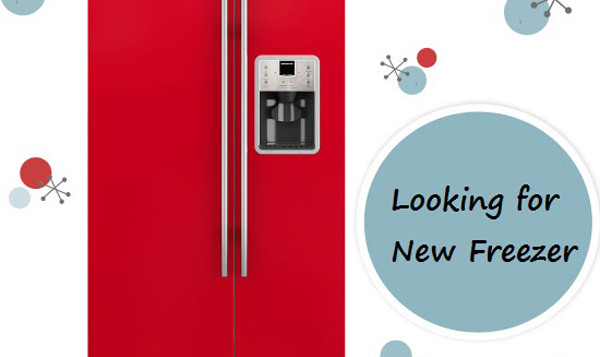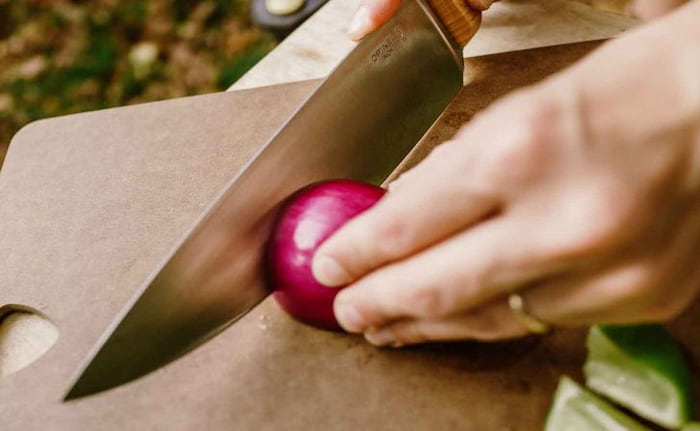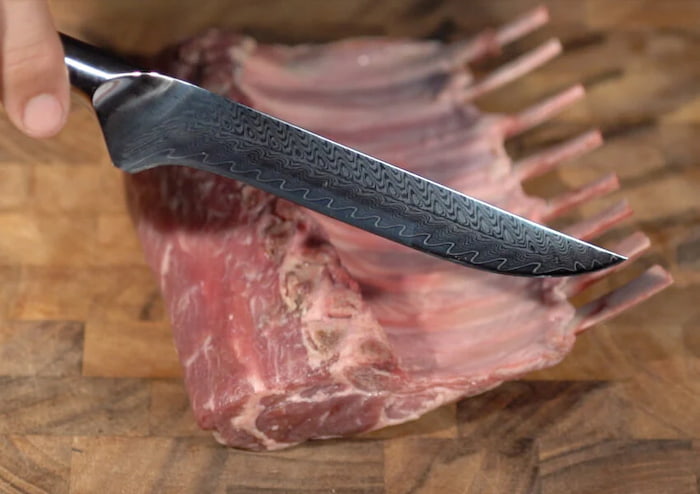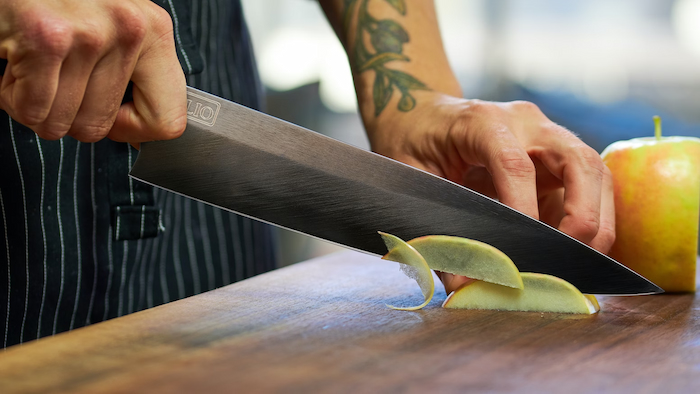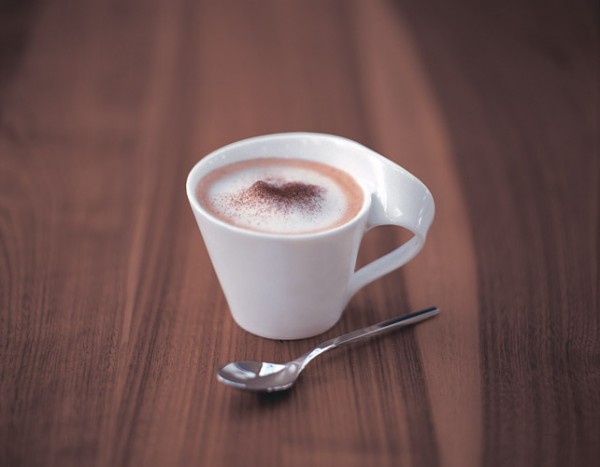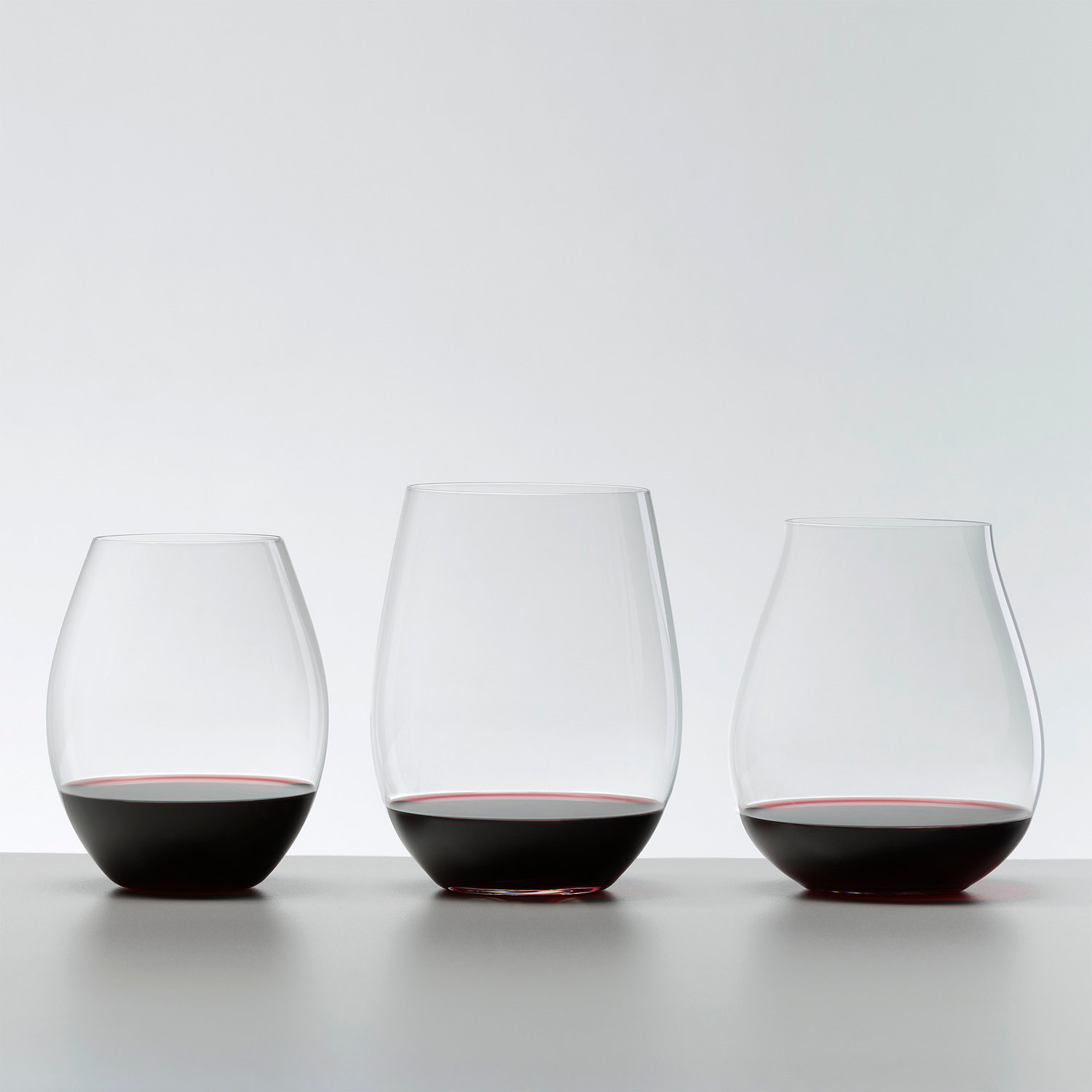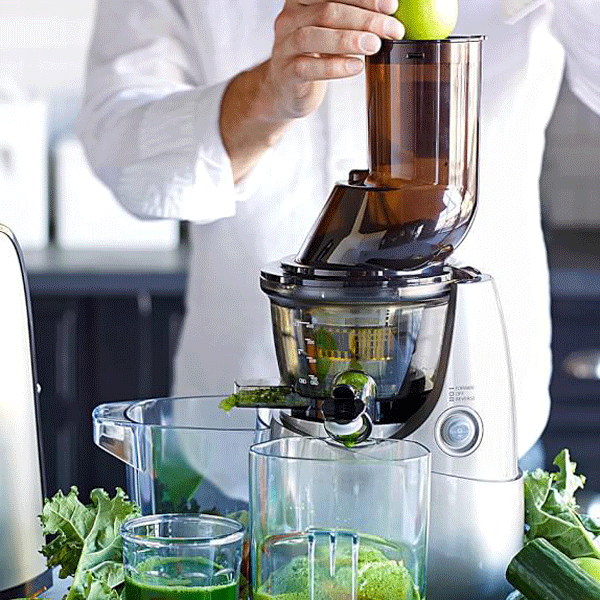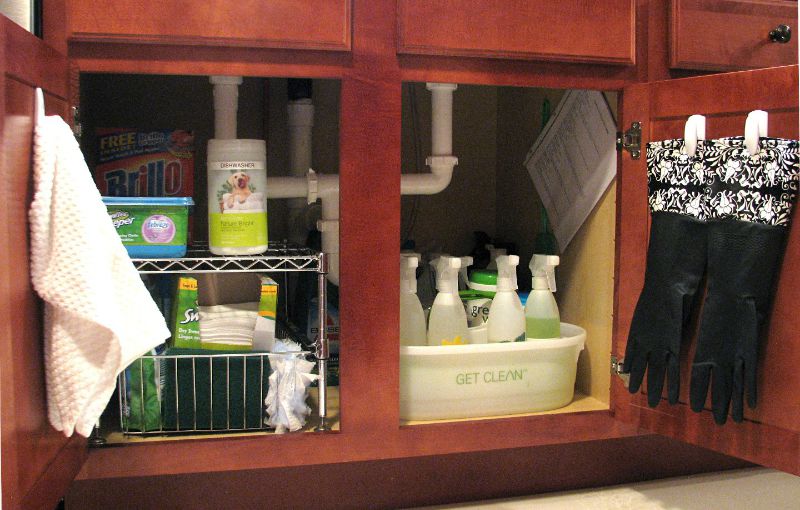Have you ever dreamed of becoming a professional chef? Having their cooking knowledge and skill set requires a lot of practice and suitable equipment. Kitchen knives are just a part of that equipment that’ll help you grow and learn faster. Even if you don’t aspire to be a chef, every household should have a high-quality knife set.
It’s the kind of long-term investment that makes your prep and cooking time faster and easier. But every knife is not the same. Each of them is crafted and designed for a special purpose from a particular material.
Types of Knives
Bread Knife
This is one of the most commonly used knives in the kitchen. You should buy high-quality kitchen bread knives with serrated edges specially created for making a clean cut through the bread. Because of its construction, it doesn’t compromise the bread’s structure, doesn’t pull it apart, and makes you squish it while cutting through. It works by grasping the food, thus preventing any damage. As the name suggests, you can use it to cut bread, but that’s not its only purpose.
You should move it like you would a saw, without applying pressure. The blade itself is enough. It goes well with other baked products like cake as well as fruits and vegetables like melons and bell peppers. You won’t damage the food’s interior because of the sawing technique you’ll use. It can be challenging to maintain and keep a bread knife sharp because it needs a special sharpening tool, but given all the uses it has, the work is worthwhile.
When it comes to cleaning and maintaining, you should be careful if you want to prolong the lifespan of your kitchen bread knives. Wash them immediately with soapy water and a soft cloth after every use. Oftentimes, sponges can damage the knife’s surface. Always make sure the knife is dry before placing it back into the drawer or the knife block. Sharping this knife can be tricky. That’s why many people take them to professionals that have special sharpening tools. This way your knife won’t get damaged or broken.
Chef’s Knife
The star of the show is the chef’s knife, also referred to as a cook’s knife. According to many chefs, you should feel it like an extension of your arm. The average length of these knives is 20-25cm, but if that’s not comfortable for you, you can find knives with a length of 15cm or even 35cm.
This depends on your personal preferences, knowledge and experience you have in the kitchen. The blade is curved with a round tip. That’s why you may need some time to get used to it. But once you get the hang of it, you’ll see how versatile and useful it can be.
Due to its versatility and ability to handle practically all of the meal prep, a chef’s knife is a top choice. All of the fruits, vegetables, herbs, and meats can be chopped, minced, or diced with it. As soon as you get accustomed to its weight and balance, you’ll become much faster and more efficient. Don’t use it on small produce. Its size won’t allow this.
Paring Knife
This is the chef knife’s younger brother. It’s shorter but still handles the same tasks. The normal size for a paring knife is 9 cm, and the blade is shorter yet extremely sharp. Its length makes it very accurate for trimming meat, peeling produce, slicing vegetables and cheese, chopping berries, garlic, and citrus, deveining shrimp, or even removing seeds.
Avoid using this knife on hard vegetables like carrots, beetroot and pumpkin, because it may break. It isn’t heavy enough to cut through these foods with ease, and if you attempt, you’ll exert unsafe pressure by tightening your grasp and pushing harder. This is dangerous and can lead to injury.
Utility Knife
Just as the name implies, these knives are very functional. You’ll be blessed to have them in your set. They’re versatile, capable of doing practically anything, and come at around the same size as a chef’s or the paring knife. You can find them as serrate, just as kitchen bread knives or in a straight-edged version. Both are 15 cm long. These work well for slicing sandwiches, opening bags and packages, and chopping up herbs, onions, soft meats and veggies. They truly are “knives of all trades,” as chefs like to say.
Boning Knife
This knife is great for deboning meat and leaving almost no waste at the same time. By slicing through connective tissues and joints, it makes deboning a simple task for anything from a 7cm anchovy to a 50kg side of pork. It’s thin, narrow, flexible and with a sharp tip, making it perfect for all the curves of the meat. You can also find a stiff version that can help you cut through the separated meat pieces.
Carving Knife
A carving knife is ideal for making tidy, accurate thick or thin cuts of beef, pig, or roasted turkey. It’s taper to a tip and is long and slender. The meat slides off it and doesn’t adhere to the blade thanks to its indentations. This knife is essential to have in your set of cooking knives especially if you’re a fan of roasting and barbeques.
Materials
Stainless Steel
Stainless steel is the most common material for knives. It’s the kind of material that’s resistant to rust and corrosion, and is sturdy and long-lasting. Moreover, it’s also a rather affordable option so it’s everything you could want in a knife material. The main drawback is that kitchen bread knives or any other type made of stainless steel need to be sharpened regularly.
Ceramic
Many cooks favour this kind of knife since it’s not metal and it’s extremely light yet at the same time sturdy enough. They are thought to be cleaner than metal knives, which is another benefit. You can also have a personalised set of knives because many manufacturers print different patterns and colours on them. Still, they’re very fragile and just one drop might chip or break them. The sharpening is another matter. Knives made of ceramic cannot be sharpened with a standard whetstone. Instead, you’ll need a special tool.
Titanium
How can you tell if a knife is good quality? If you see titanium on it. Titanium is a fantastic material for kitchen knives because it is one of the toughest metals on earth. It withstands rust and is not magnetic. Knives made of titanium are extremely resilient and, with proper care, will survive for a very long time.
Damascus Steel
These knives typically have a wavy design and are made from two different types of steel mixed and forged together. They’re long-lasting, sharp, and won’t break easily, making them perfect bread knives. That’s why they’re a fantastic option for busy chefs and big families.
Types of Handles
Plastic
These handles are almost always smooth and don’t have any holes to collect dirt. For a firmer grip, certain plastic handles are a little textured. Just remember to keep them away from heat because they melt easily.
Wood
Wood is the first material used on handles and it’s still in play these days. The handles made purely from wood need oiling from time to time with a dedicated handle oil. Nowadays, you can find wood handles coated with see-through plastic in order to avoid damage. When you wash these handles, don’t leave them too long in the water.

